The Dragon Boat Festival, a time-honored tradition in Chinese culture, is often associated with the hanging of mugwort leaves (Artemisia argyi) on doors and windows. This practice, deeply rooted in folklore, claims that mugwort possesses the power to ward off evil spirits and diseases. But what does modern science say about this ancient belief? Recent studies have begun to unravel the scientific basis behind mugwort’s purported protective properties, bridging the gap between tradition and empirical evidence.
Mugwort, known as ài cǎo (艾草) in Chinese, has been a staple in traditional Chinese medicine for centuries. Its use extends beyond the Dragon Boat Festival, with applications ranging from moxibustion therapy to herbal remedies for digestive ailments. The plant’s strong, aromatic scent is often credited with its ability to repel insects and purify the air—a claim that aligns with the festival’s emphasis on hygiene and disease prevention during the humid summer months.
Scientific investigations into mugwort’s chemical composition reveal a wealth of bioactive compounds. Essential oils such as cineole, thujone, and camphor dominate its profile, each contributing to its antimicrobial and insect-repellent qualities. Research published in the Journal of Ethnopharmacology demonstrated that mugwort extracts exhibit significant antibacterial activity against common pathogens like Staphylococcus aureus and Escherichia coli. These findings lend credence to the historical use of mugwort as a natural disinfectant, particularly during seasons when bacterial infections thrive.
Beyond its microbial defenses, mugwort’s role in air purification has also garnered scientific interest. A 2021 study conducted by the Chinese Academy of Sciences found that volatile compounds released by dried mugwort leaves effectively reduced airborne mold spores in enclosed spaces. This phenomenon may explain why households that adhered to the custom of hanging mugwort reported fewer respiratory issues during the summer. The plant’s ability to modulate indoor air quality suggests that its traditional use was not merely symbolic but grounded in observable benefits.
The insect-repellent properties of mugwort have been validated through multiple laboratory and field studies. Unlike synthetic pesticides, mugwort’s essential oils target pests without leaving harmful residues. Mosquitoes, in particular, show aversion to its scent—a trait that aligns with the festival’s timing at the onset of mosquito season. Farmers in rural China have long used mugwort bundles as a natural barrier against crop-eating insects, a practice now supported by entomological research highlighting its efficacy as a biopesticide.
Modern adaptations of mugwort’s traditional uses are emerging in public health strategies. In regions where mosquito-borne illnesses like dengue fever are prevalent, health officials have begun promoting mugwort-based repellents as a complement to chemical alternatives. This shift not only preserves cultural heritage but also addresses growing concerns about pesticide resistance and environmental toxicity. The revival of mugwort in contemporary contexts underscores its enduring relevance as both a cultural icon and a functional botanical.
Critics argue that some of mugwort’s purported benefits remain anecdotal or require further clinical validation. For instance, its use in spiritual rituals to "expel negative energy" lacks measurable parameters, though psychologists suggest the placebo effect and community cohesion during festivals may contribute to perceived well-being. What remains undeniable is the plant’s multifaceted role in bridging ancient wisdom with modern science—a testament to humanity’s ongoing dialogue with nature.
As research continues to uncover the mechanisms behind mugwort’s protective qualities, the Dragon Boat Festival’s customs gain new layers of meaning. Far from being mere superstition, the hanging of mugwort represents an early form of preventive healthcare—one that modern science is only beginning to appreciate. In an era where synthetic solutions dominate, this humble plant offers a reminder of nature’s untapped potential to safeguard human health.

By /May 21, 2025
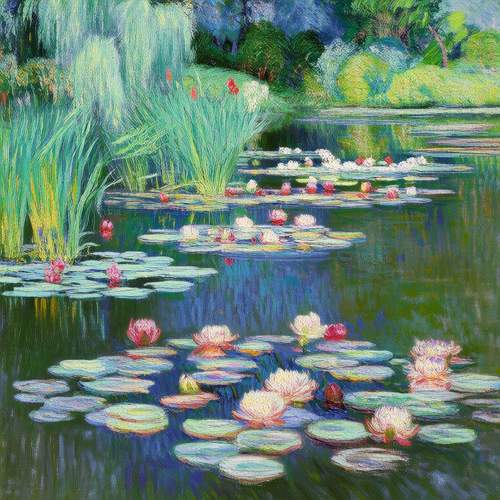
By /May 21, 2025
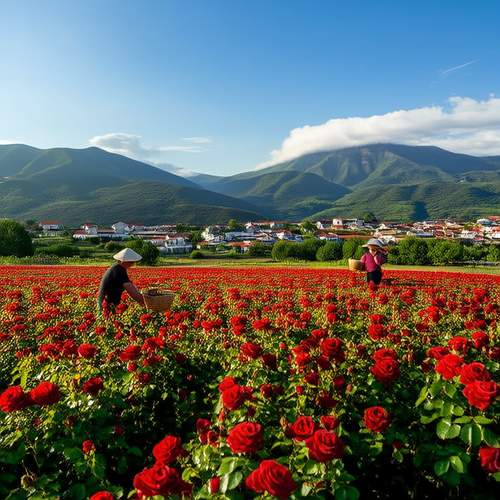
By /May 21, 2025
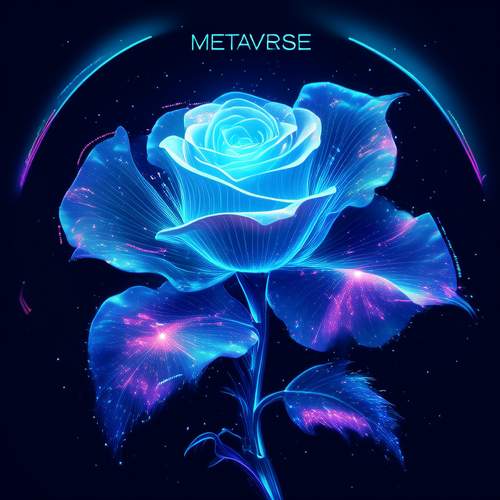
By /May 21, 2025

By /May 21, 2025
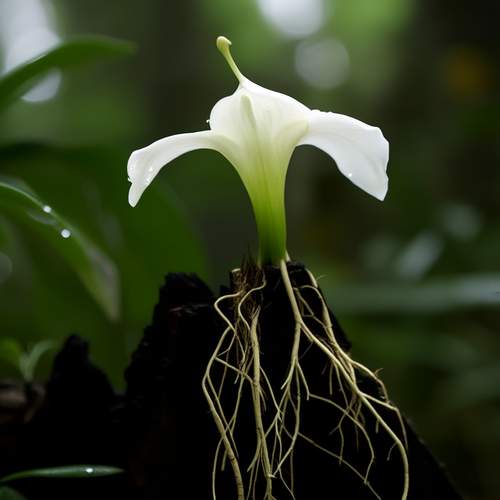
By /May 21, 2025

By /May 21, 2025
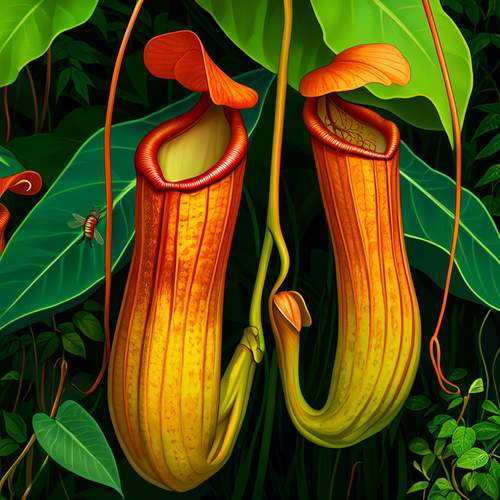
By /May 21, 2025
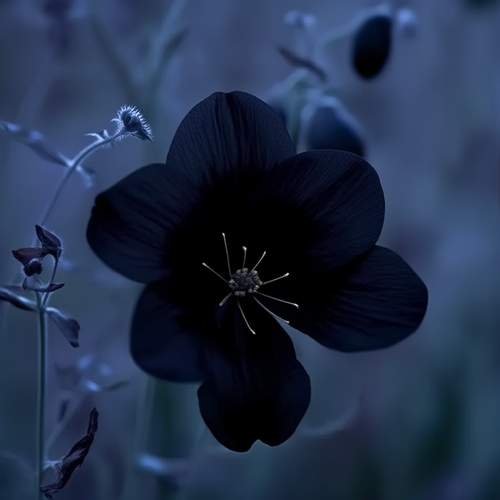
By /May 21, 2025
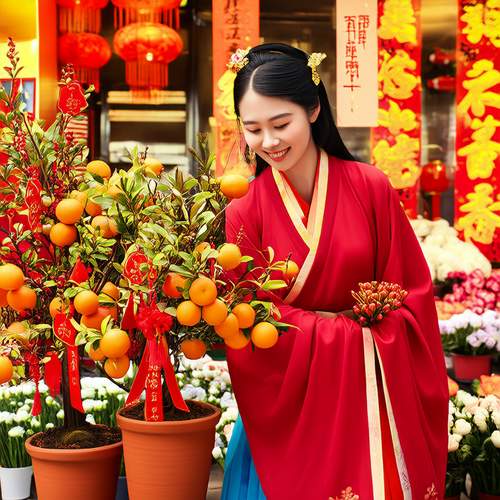
By /May 21, 2025

By /May 21, 2025

By /May 21, 2025

By /May 21, 2025

By /May 21, 2025

By /May 21, 2025
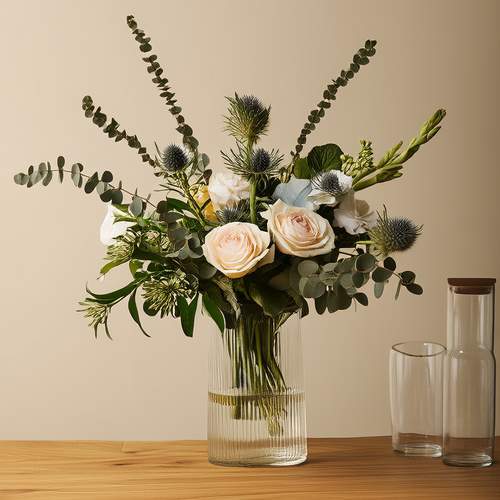
By /May 21, 2025

By /May 21, 2025

By /May 21, 2025
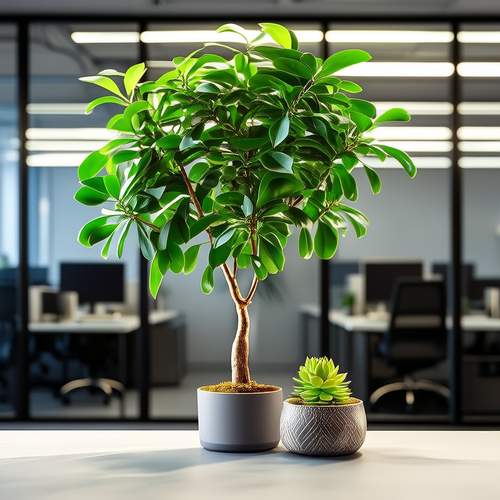
By /May 21, 2025

By /May 21, 2025